Durga Saptashati Katha
Durga Saptashati is not just a scripture—it is the living energy of Goddess Durga. Whenever devotees recite this holy text, they don’t just read stories; they awaken divine power within themselves. The central theme of Durga Saptashati is the eternal victory of good over evil, beautifully narrated through the story of Mahishasura Mardini—the slayer of the demon Mahishasura. This sacred katha inspires devotees even today, teaching us that no matter how strong darkness appears, the light of Maa Durga always shines brighter.
The Origin of Durga Saptashati
Durga Saptashati, also called Devi Mahatmya or Chandi Path, is part of the Markandeya Purana, composed around 1,500 years ago. The text contains 700 shlokas (verses), spread across 13 chapters. These verses glorify Goddess Durga as the supreme cosmic power who protects dharma and destroys adharma. The scripture is traditionally recited during Navratri, but devotees also chant it regularly for protection, prosperity, and inner strength. Each story in the Saptashati is more than just a myth—it is a reflection of the struggles we face in life, and how divine energy guides us to overcome them.
Who Was Mahishasura?
Mahishasura, whose name means “buffalo demon,” was a powerful asura born from the union of Rambha (a demon) and a buffalo. Blessed with a boon that no man or god could kill him, Mahishasura grew arrogant. With his strength, he defeated the devas (gods), captured heaven, and spread chaos across the universe. The gods, unable to fight him, turned to the Supreme Mother—the combined feminine energy of the universe. From the radiance of Brahma, Vishnu, and Shiva emerged a dazzling, fierce goddess—Maa Durga.
The Birth of Maa Durga
Every god contributed to the creation of this supreme warrior goddess. Shiva gave her a trident, Vishnu gifted a discus, Indra handed over his thunderbolt, and other gods armed her with their divine weapons. With a golden complexion, radiant eyes, and ten powerful arms holding celestial weapons, Maa Durga rode a roaring lion, symbolizing courage and unstoppable energy.
When Mahishasura saw this divine form, he mocked her. But Durga smiled gently, knowing his arrogance would soon meet its end.
The Epic Battle: Durga vs. Mahishasura
The battle between Maa Durga and Mahishasura is one of the most dramatic and inspiring stories in Hindu tradition.
- First Day – Durga defeated his vast army of demons, crushing generals like Chikshura and Chamara.
- Second Day – She fought stronger asuras like Udagra, Mahahanu, and Ugradarshan, displaying her invincible might.
- Third Day onwards – Mahishasura himself entered the battlefield, shifting forms—from a lion to an elephant, and then to a mighty buffalo.
For nine days, the battle raged on. The clash of divine weapons shook the heavens and the earth. Finally, on the tenth day, Maa Durga pierced Mahishasura with her trident when he tried to return to his buffalo form.
That moment symbolized the ultimate victory of dharma (righteousness) over adharma (evil).
Symbolism of the Katha
The story of Durga and Mahishasura is not just about gods and demons; it carries deep symbolic meaning:
- Mahishasura – Represents arrogance, ignorance, and negativity that dwell within humans.
- Maa Durga – Symbolizes inner strength, courage, and divine feminine energy (Shakti).
- The Battle – Reflects our daily struggles against fear, injustice, and weaknesses.
- Victory – Reminds us that with faith and determination, truth always triumphs.
Durga Saptashati During Navratri
Durga Saptashati is most widely recited during the nine days of Navratri, when devotees worship the nine forms of Maa Durga. Each chapter of the scripture aligns with different forms of the goddess and invokes her blessings for:
- Protection from negative energies
- Success in life and career
- Spiritual growth and inner peace
- Health, wealth, and prosperity
The recitation of these verses, especially with devotion and purity, is believed to bring divine grace and miraculous results.
Relevance of Durga Saptashati Today
Though the story is thousands of years old, its message is timeless. Even today, we face “Mahishasuras” in the form of:
- Injustice in society
- Corruption and greed
- Negativity, fear, and self-doubt
Just as Maa Durga destroyed the demon, we too can invoke her strength to fight the battles of modern life.
Lessons from the Katha
- Evil has power, but truth is eternal. Mahishasura seemed undefeatable, yet he fell before truth and righteousness.
- Never underestimate feminine strength. The goddess shows that women embody immense courage and wisdom.
- Unity leads to strength. All gods together created Durga—teaching us that collective effort is the key to overcoming difficulties.
- Inner battles are as important as outer battles. Destroying negative thoughts is as crucial as defeating external enemies.
The Celebration of Vijayadashami (Dussehra)
The slaying of Mahishasura is celebrated as Vijayadashami or Dussehra across India. On this day, devotees honor Maa Durga, celebrate victory, and burn effigies of demons to symbolize the destruction of evil. In Bengal, the day marks the end of Durga Puja, with the immersion of Durga idols in rivers, while people chant “Asche bochor abar hobe” (She will come again next year).
Conclusion
Durga Saptashati Katha is not just a tale—it is a reminder that whenever injustice rises, the divine feminine energy manifests to restore balance. The story of Mahishasura Mardini continues to inspire millions, giving strength to overcome challenges in life. Every time we chant Durga Saptashati, we awaken the goddess within us, calling upon her protection, love, and power. Truly, Maa Durga is not only the destroyer of demons but also the eternal mother who nurtures her children with boundless grace.

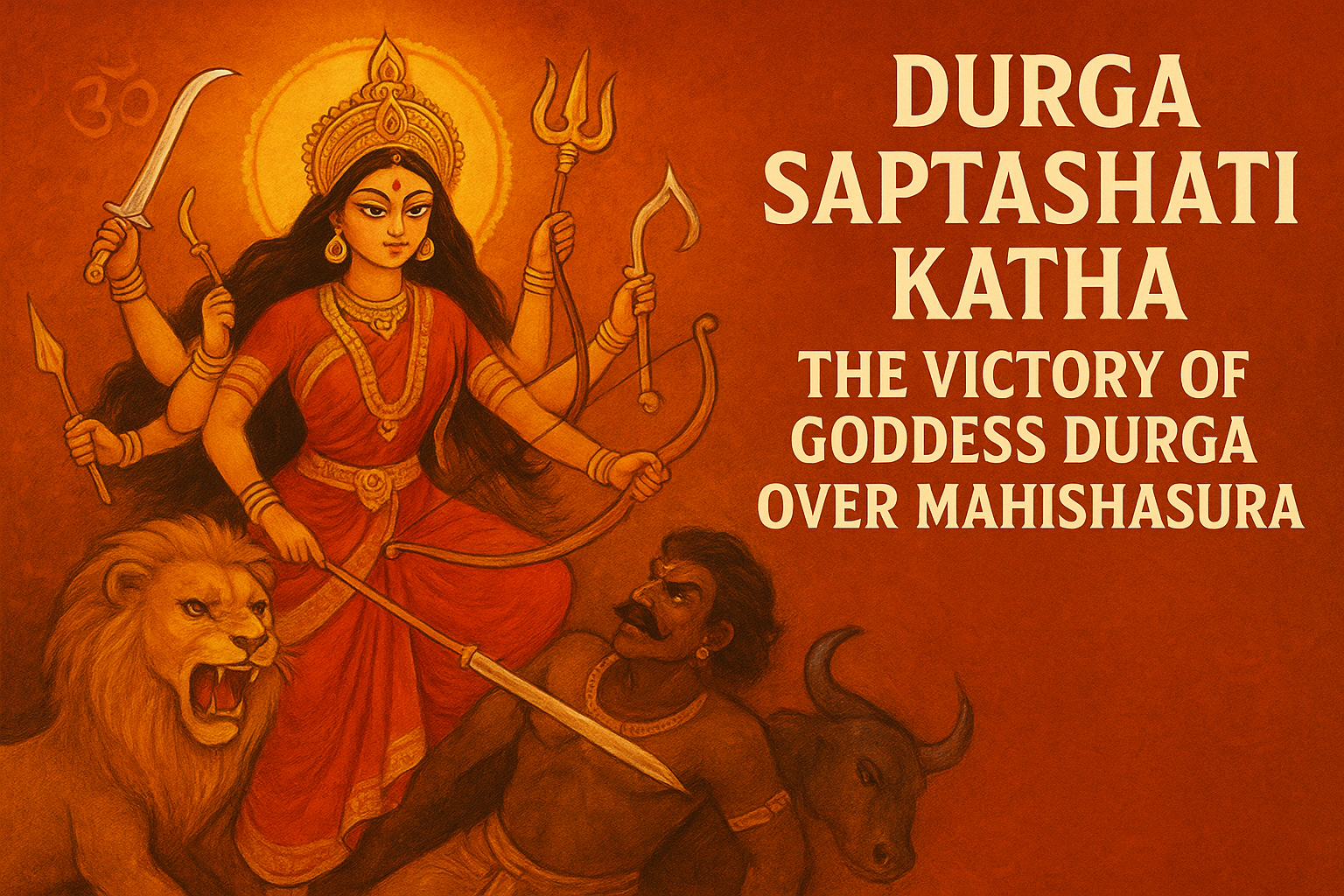
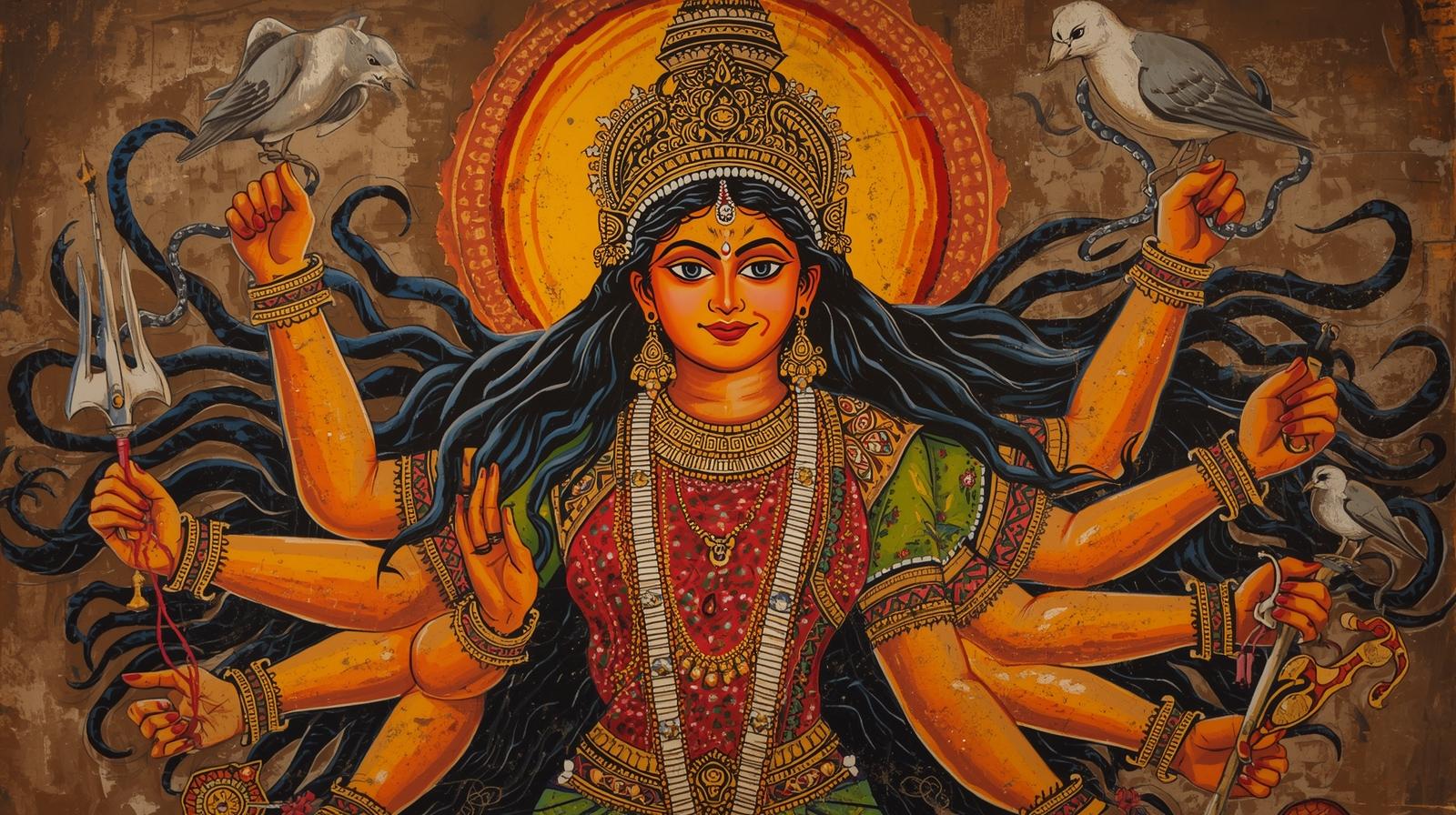

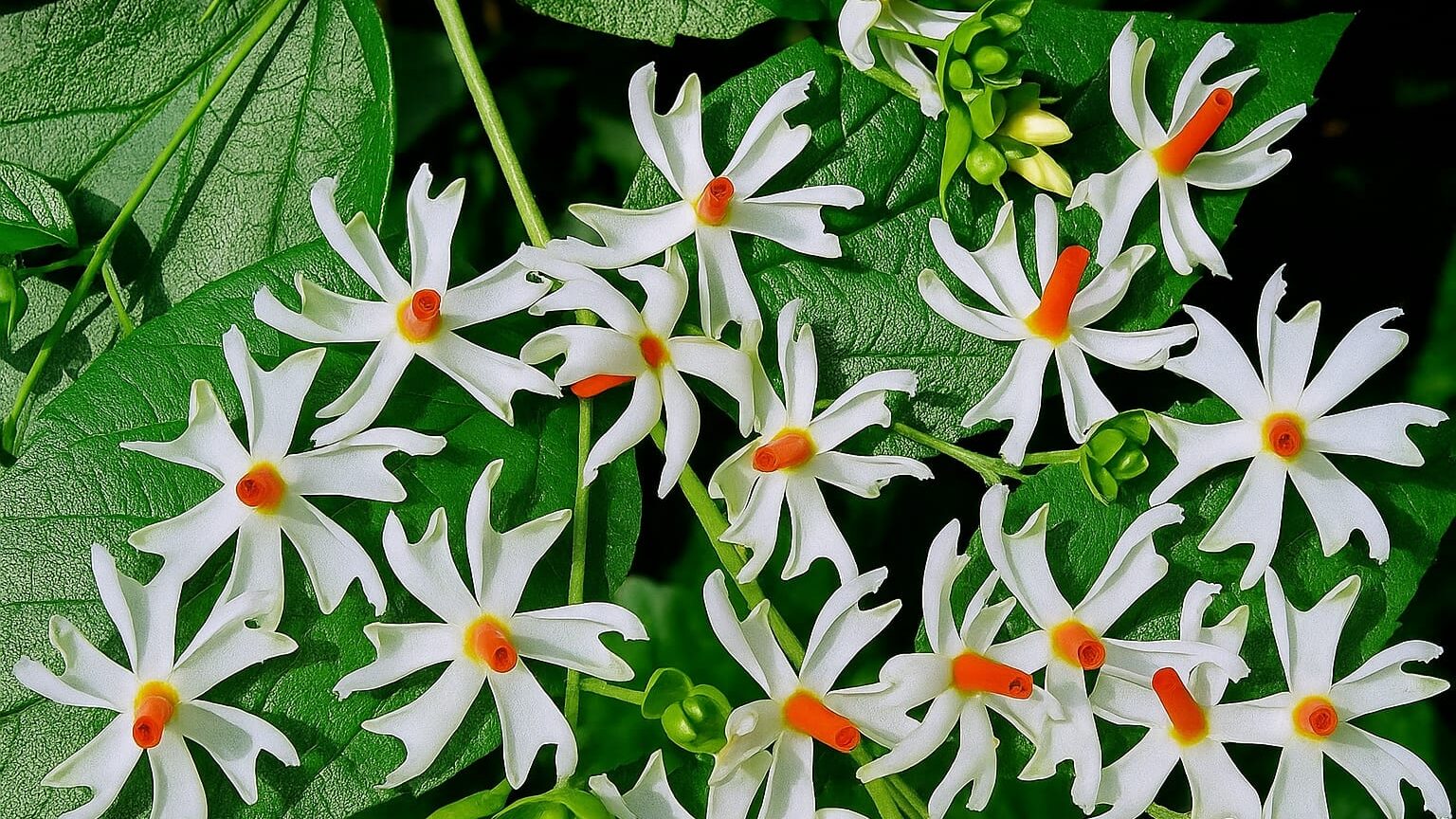
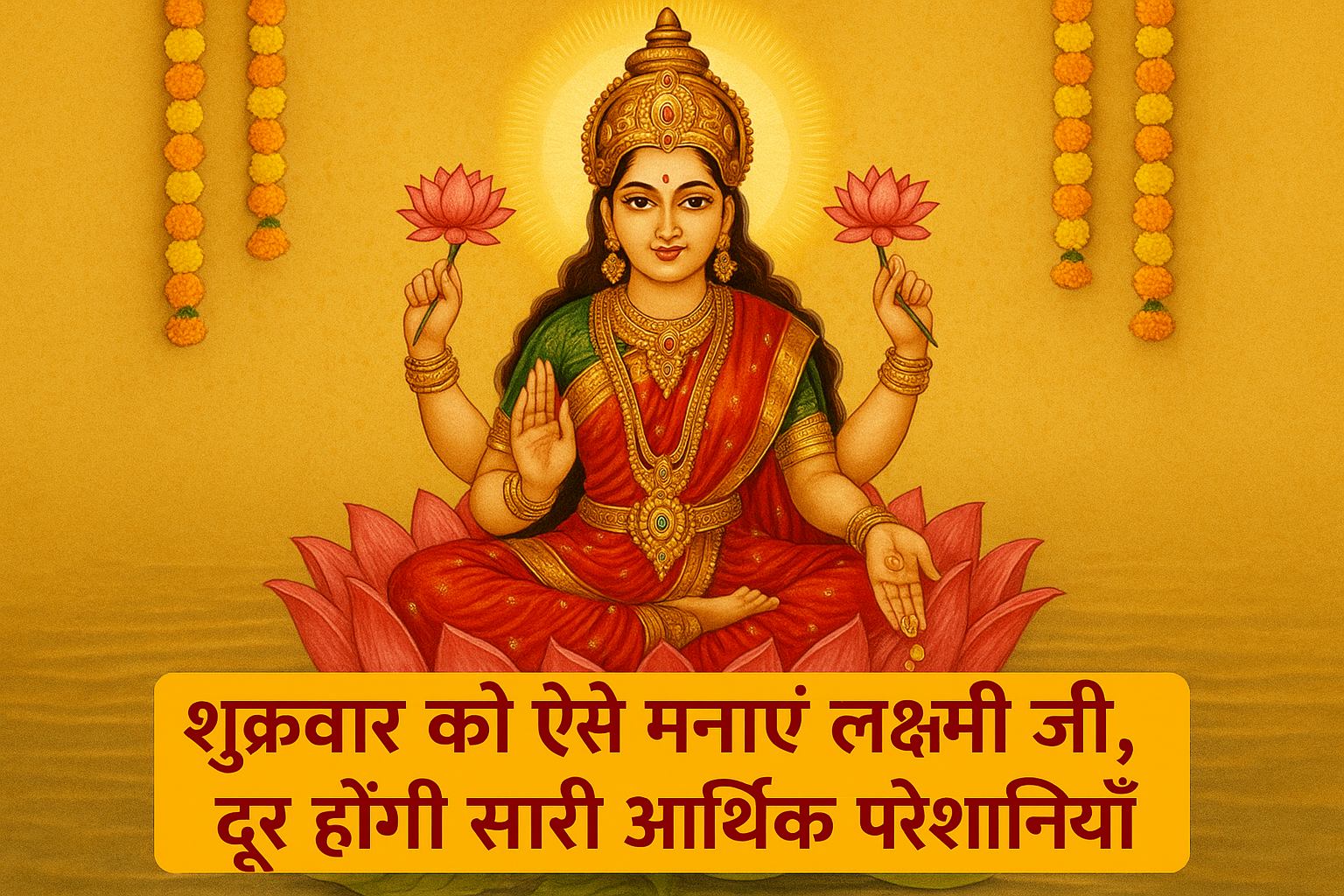
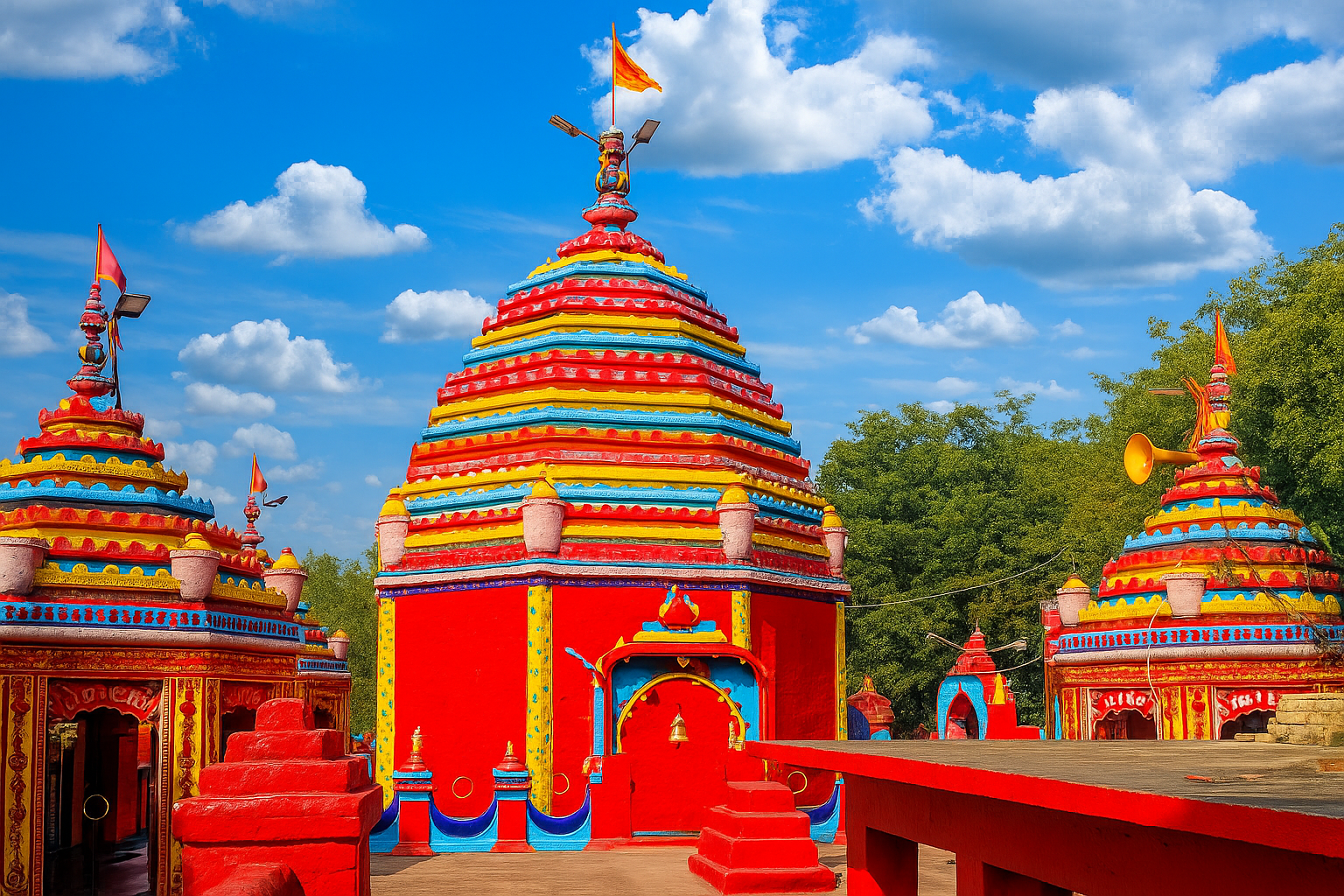
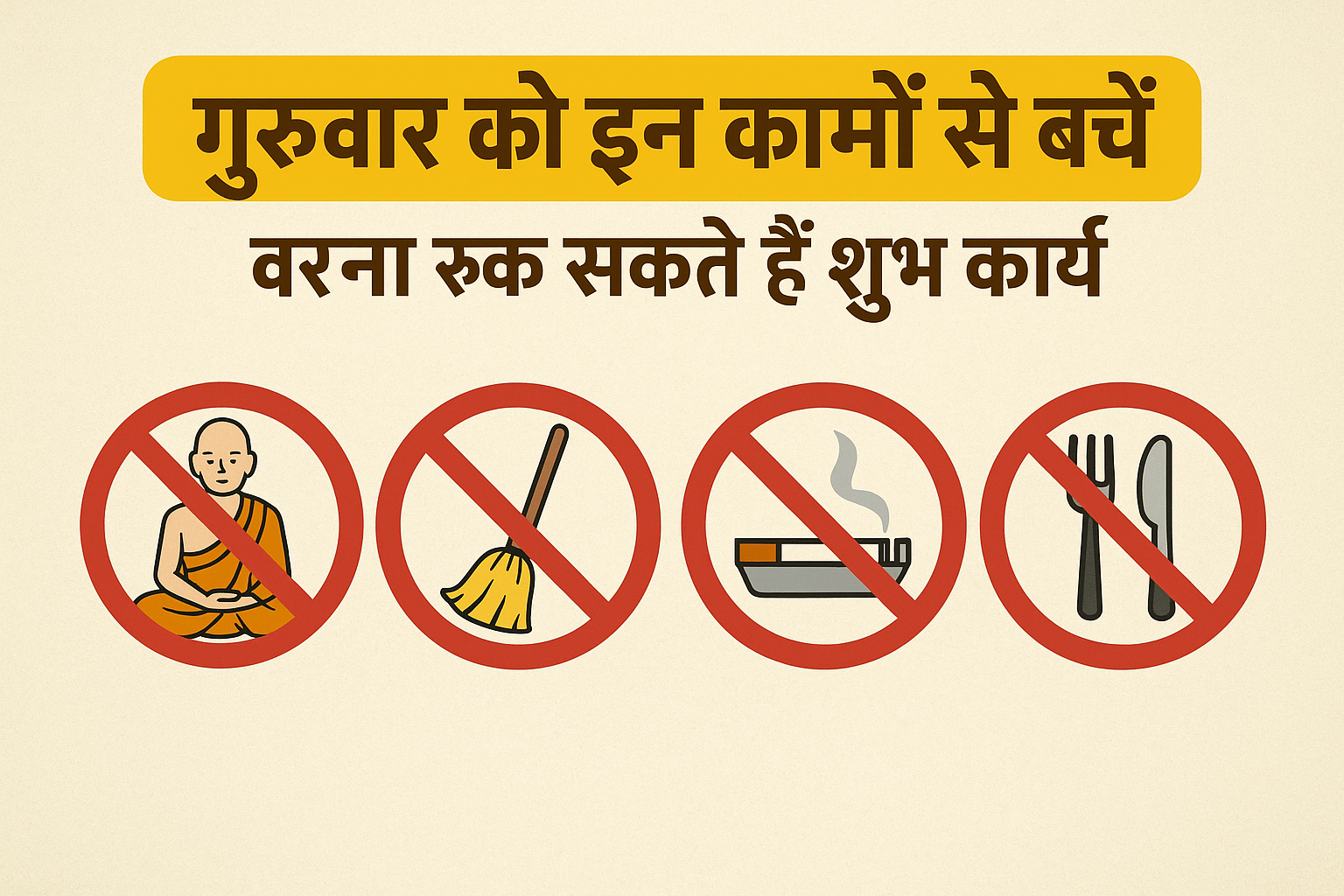
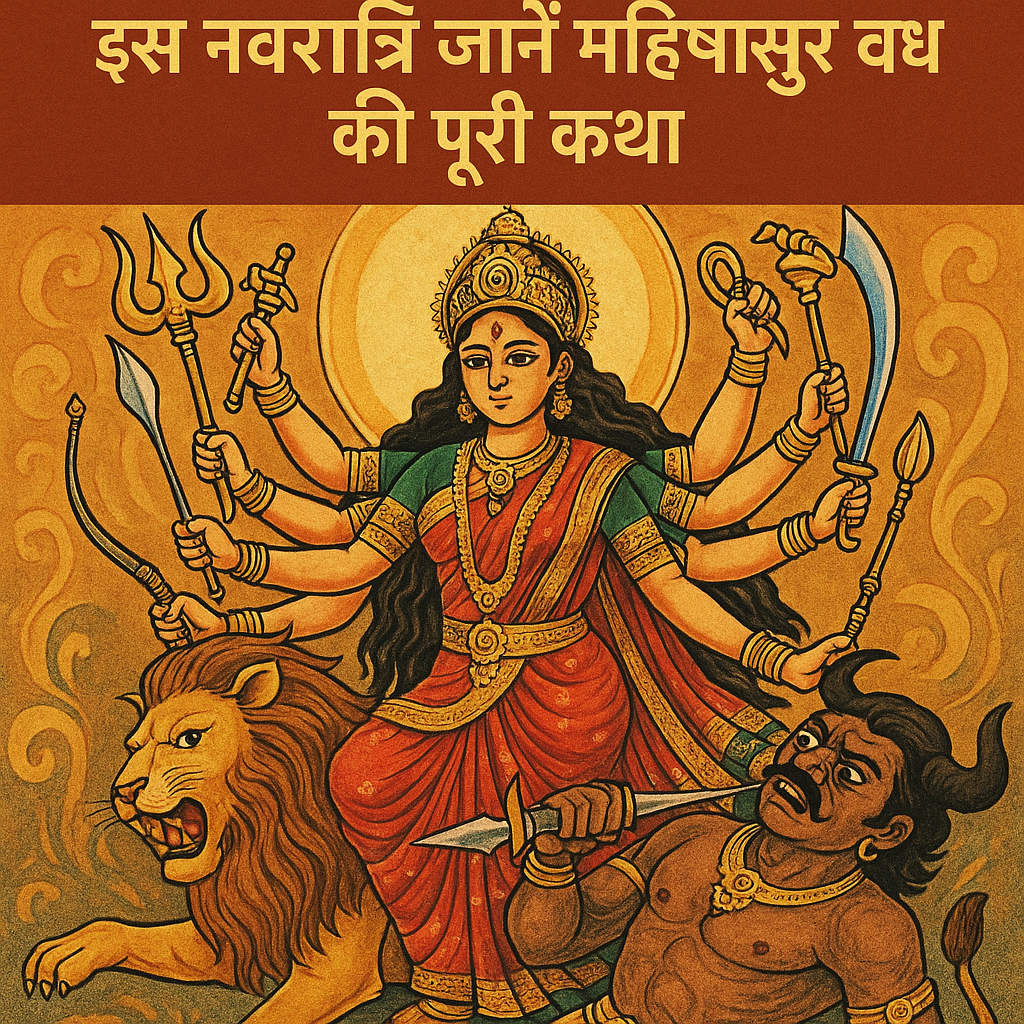
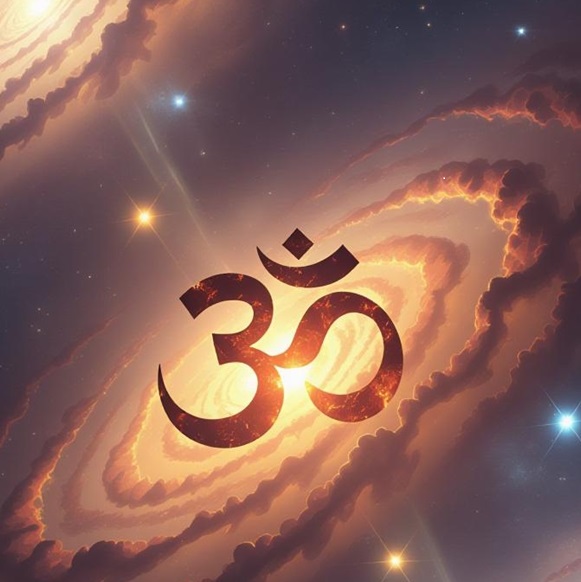
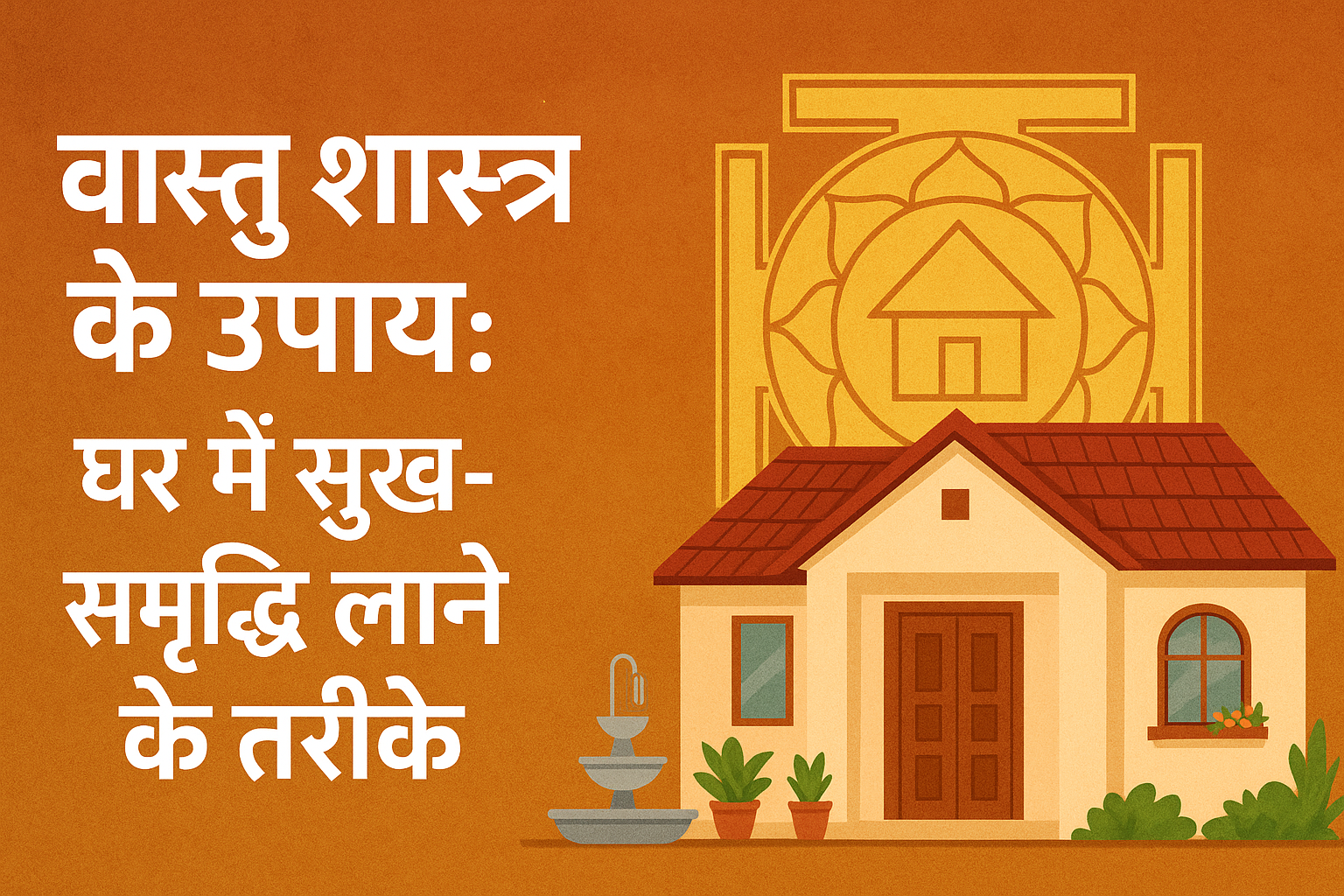
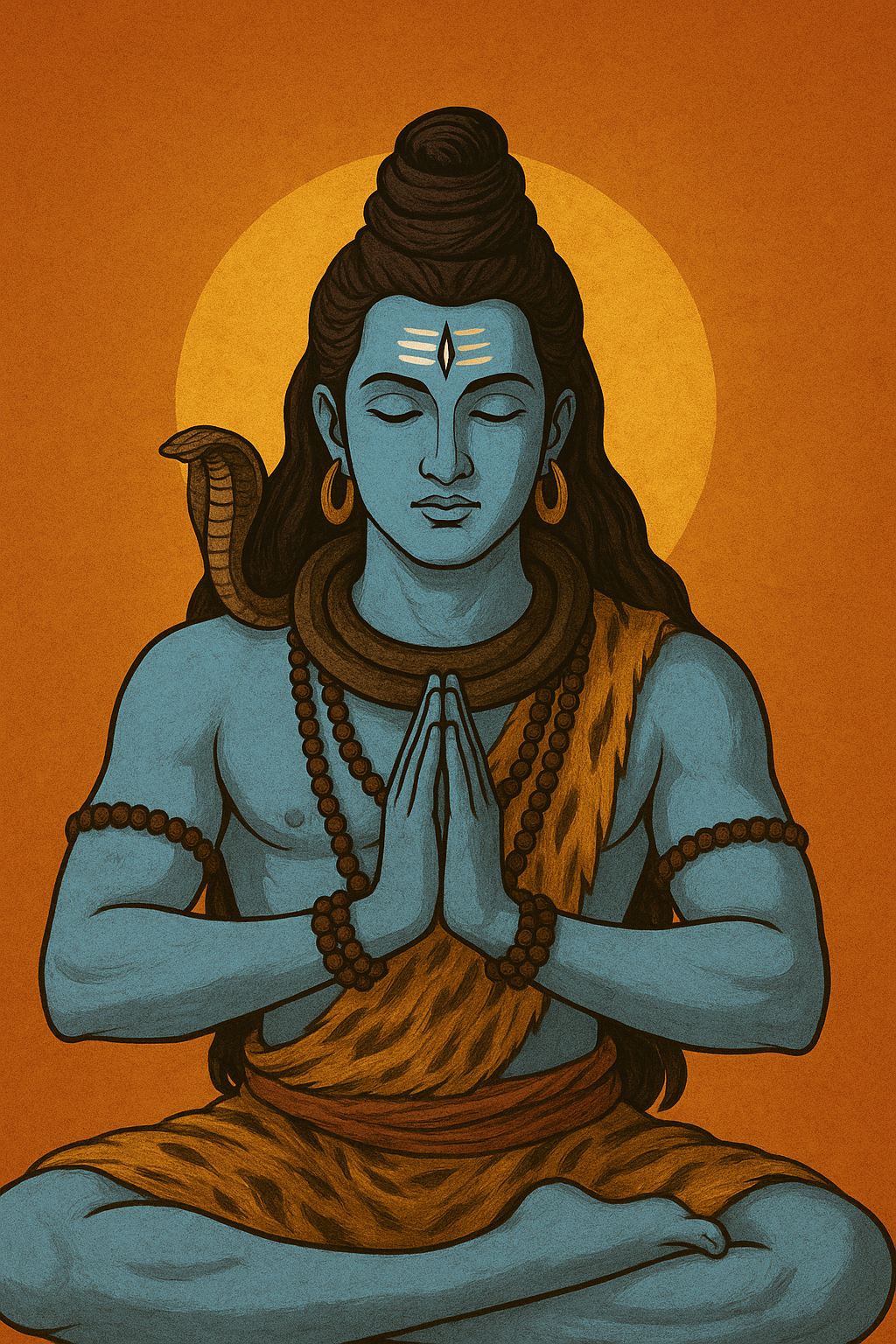




Leave a Reply